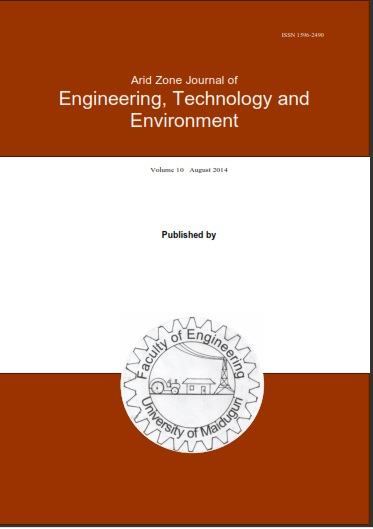Abstract
This study investigates the pattern of relationship between mechanomyographic (MMG) signal amplitude and neuromuscular electrical stimulation (NMES)-evoked muscle contractions in healthy volunteers. Recent evidence has suggested that NMES-evoked muscle contractions enhance motor ability for physical performance in healthy individuals, maintain muscle health, and offset secondary complications of inactivity in persons with neurological conditions. However, the traditional NMES operation is inefficient, thus making the NMES outcomes less than optimal. Responsible for this is the lack of mechanical responses of muscle from the electrically-evoked limb during NMES-evoked contractions. This study investigated the use of a muscle contraction signal (mechanomyography, MMG) generated during NMES-evoked contractions in healthy knee extensors in tracking the muscle mechanical responses during NMES-evoked force production. Six healthy males underwent NMES-evoked submaximal-to-maximal isometric contractions, in random order, of their knee extensors at 30deg and 90deg knee angles on an isokinetic dynamometer. The MMG signal was acquired through an accelerometer sensor affixed to the rectus femoris (RF) muscle belly. Paired samples t-tests was used to compare the relationship between the two knee angles (90deg and 30deg) tested. Results show that the mechanomyographic amplitude (MMG-RMS) increased with increase in torque production and stimulation intensity up to 50 mA and 60 mA at knee flexion angles of 90deg and 30deg, respectively, before the appearance of plateau-like contractions—an indication of fusion of contracting muscle fibre at maximal contraction level. Although there were knee angle differences in the pattern of relationship between MMG and stimulation intensity, the effect was only statistically significant (p ≤ 0.05) for the torque versus stimulation intensity plot. These results suggest that MMG-RMS tracks motor unit recruitment strategy that might be responsible for muscle force/joint torque modulation during electrically stimulated contractions. The MMG signals may, therefore, have a clear application as an indicator of muscle force in areas where muscle force is needed and impractical to measure.

This work is licensed under a Creative Commons Attribution-NonCommercial-NoDerivatives 4.0 International License.
Copyright (c) 2024 Arid Zone Journal of Engineering, Technology and Environment

